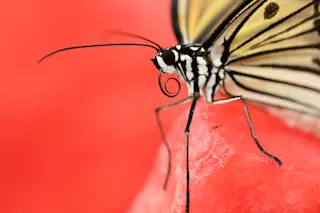Picture a prehistoric cormorant, an aquatic bird that dives deep and doesn’t surface until it has a bill full of fish. This is probably what Natovenator polydontus was like. This new dinosaur species closely resembles a deep-diving duck and further highlights the diversity of the species that likely existed during the age of dinosaurs.
In a new study published in the December 2022 issue of the journal Communications Biology, researchers have uncovered that N. polydontus was a non-avian, semi-aquatic species the size of a duck that likely lived in what is today the Gobi Desert in southern Mongolia.
It had a long neck that would have made this semi-marine species well-positioned to hunt within the lake that it likely called home 77 million years ago. It would have looked similar to a diving bird with its toothed beak and front fins that were ideal for paddling. But interestingly, its snout ...















